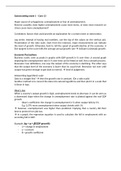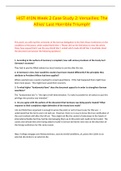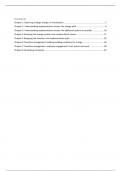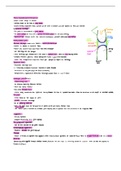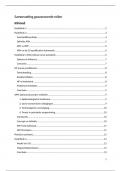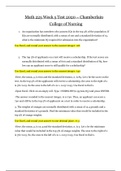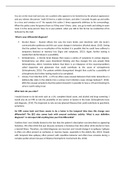Samenvatting
Samenvatting Principles of Macroeconomics (volledig!) EC1PMA
Volledige samenvatting van het vak Principles of Macroeconomics EC1PMA gegeven aan de Universiteit Utrecht uit de minor Economics en de bachelor Economics. Alle artikelen en de hoofdstukken uit The Core zijn verwerkt en overzichtelijk uitgelegd en weergegeven. Complete summary of the course Prin...
[Meer zien]
